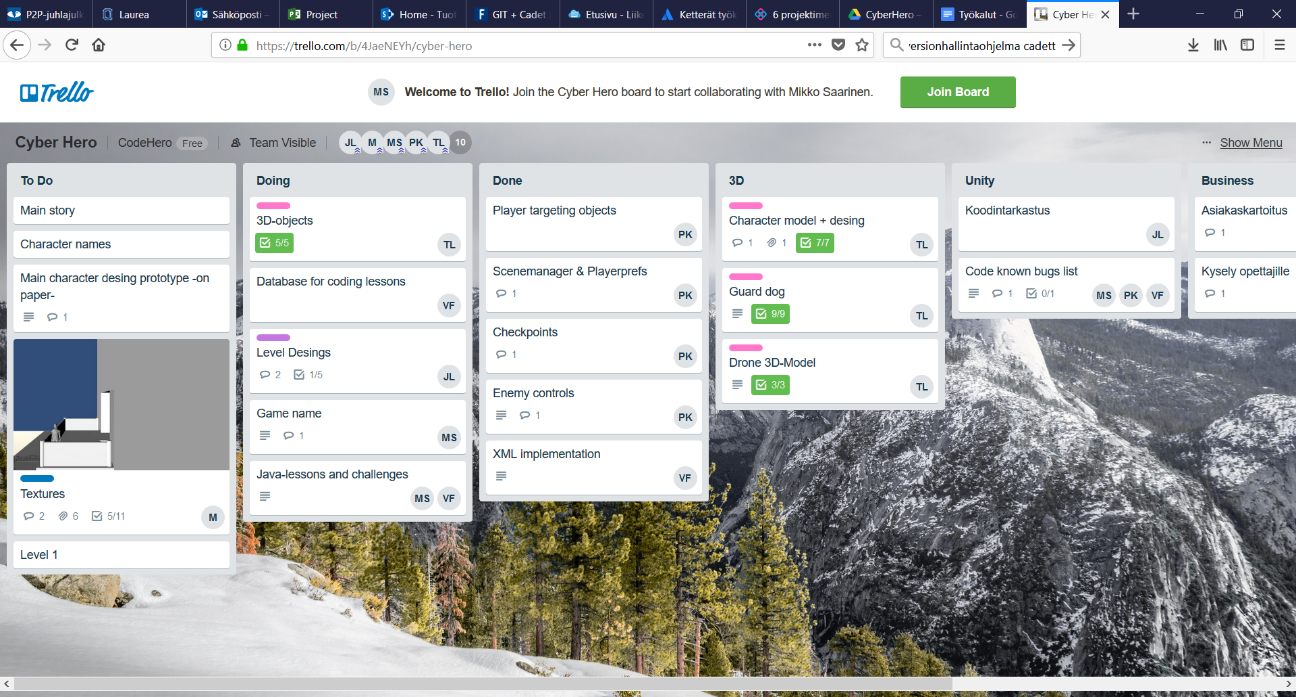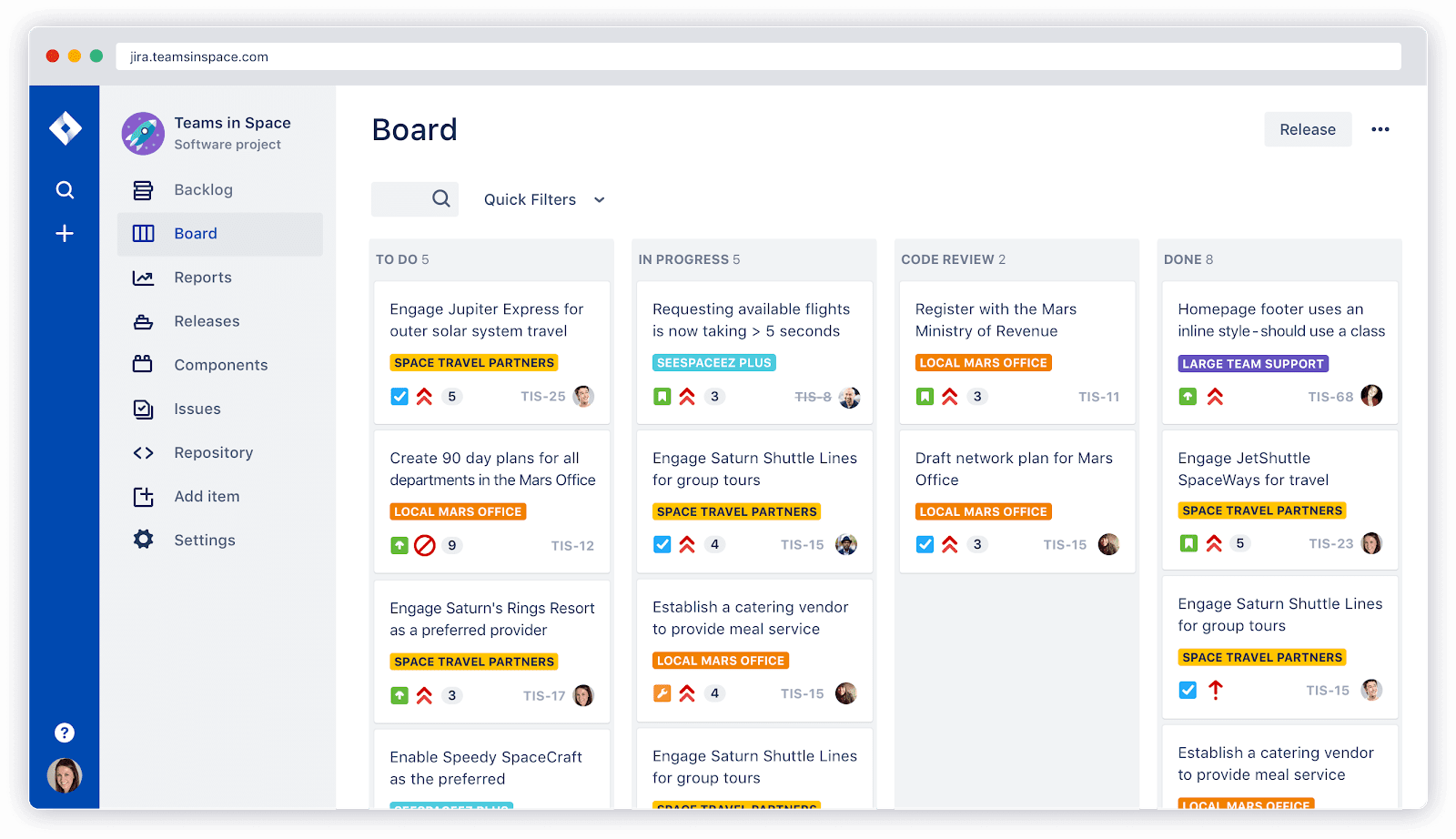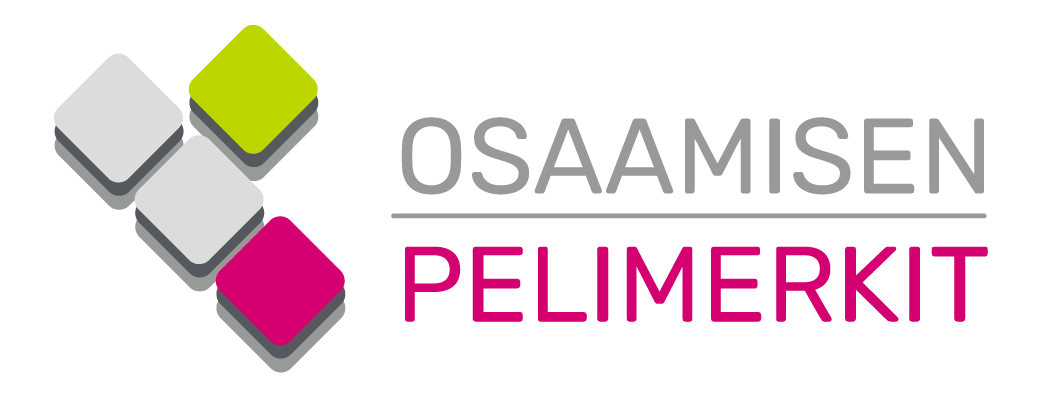Lue tämä suomeksi
Game development is teamwork. This series of blog posts investigates elements of teamwork through the eyes of the students. Topics are project management, teamwork, communications, change management, teamwork skills and teamwork development. The CRGP Producers from Laurea University of Applied Sciences are presented in previous blogpost.
Juha Leskinen: Managing a project of gamedesign – pedantry of scrum or governing a chaos?
“Crunch glorification is history!” – says Sami Hakala, the star producer of Housemarque Oy, one of the biggest players in the worldclass Finnish game industry. (1.) They are one of the survivors and winners in competition of this branch, with exhausting pace for change. Their roots are in the morning dusk of gaming, in the 1990’s.
How to control the chaos evidently dictating the industry what to do next? Working overtime for weeks is not recommended anymore. “Good planning, commitment by team and it’s individuals, and prioritization skills learned during the years in industry”, states Sami. (1.)
For me, self-knowledge and social mindset, will and ability to work with other people and skills of substance are the most important characteristics for a project manager or a producer. Working with a professional organisation and specialists emphazise the importance of these aspects. If the producer has succeeded in the line-up of the versatile and self-piloting team, the coders, artists and other specialists can really and honestly do their job. Then one can also know more of suitability of different project management tools. (2.)
But recongnizing the skills of team members is not enough. The producer must also be aware of the dynamics of interaction between these personalities. There will be different preferences, for example for communication and working methods, to be found. If joy and inspiration of co-operation can be found among the teamsters, then a lot has been reached already. (2.) All types of people are welcomed in brainstorming: the idea people, the inspirers, the likers, followers and locker room players are all needed. (3.)
It has been said that you cannot choose your colleagues. One would hope though, that the instructors, when organizing the student’s gamedesign teams would take enough time. At this moment in Metropolia University of Applied Sciences 1-2 hours is used, and several teams face problems within the first two months. Even one no-show or drop-out is too much. Would it be possible to use two half days instead of one full day for this work? The first day would be for pitching and student applications. Then teachers would have enough time for considered allocation of workforce in different games. The next day would be only for the publication of the teams and students teaming with their games. I believe that this would help the process of game planning to get started more effectively, and propability of all games being ready at the Demoday would be higher.
Kanban, scrum, excel trello, …, Jira, …, what the hell?
The grammar of Swedish language is tradionally the best way to fall in the sleep, while preparing oneself for the high-school graduation. The official scrum guide does not fall far from this effect, if studied in detail and scrupulously. Too many rules and tight timelines are proposed there. (4.) It is fair to say that this framework of product management is easy to understand, but hard to take to practise. Knowing this, it is still in many occasions a very useful tool. Why?
If Scrum is too tight of a leash for the team, then is the Kanban giving too much freedom, and is it unusable for project management because of this? Yes and no. In the everchanging environment of gamedesign it is vital to know what to do next, what is the work in progress, and what is ready. It is likewise important to plan the workflow in timely manner, so that it will not become too hard for the team or an individual member. For reaching these goals Kanban is very good. When using it, the workload for each timeslot is strictly limited. (2.) What to do if the project is very big and the process of it’s realization might include remarkable changes?
Excell and Trello are wellknown tools of projectwork and -management even for students. The first named is actually so versatile and exiting tool. I think. I was glad to hear that another top-dog procuder of finnish game industry uses only excel for game plan. (6.)
In Trello one can find to-do-list, work-in-progress and ready-interleaf like in Kanban. As seen in photo 1., functional follow-up like business-, Unity-, or 3-D columns can be included there too.

Photo 1: Trello desktop view of Cyber Hero learning game (7.)
One solution adopted by finnish gameindustry has been developed by Jira Software. They offer solution combining the visuality of Kanban, and the ultimate features of resource follow-up of Scrum in a effective application. Project management with this tool is simultaneously agile and effective. The software offered include versatile tools of applying these and other common agile project management tools. In the Jira offering you can find solution of Scrumban (combination of Scrum and Kanban), as well as Kanplan (combination of Kanban and the sprint backlog of Scrum) for governing the project. (5.)
Scrumban Board as seen in photo 2. visualizes the sprint backlog like the traditional Scrum Board. However lines for separating the job processors can be added on it. Possibility of getting summary of the project status from the day x to the sprint end, can be acquiered also. The the unfinished tasks are automatically transferred to the backlog of the next sprint. (5.)

Photo 2: Scrumban Board by Jira Software (5.)
To re-cap: The world is full of project management tools and frames, claiming to be better than others. In the end however, it is only a human who updates the important lists and boards. “Any project management tool becomes a burden if team members do not carry their responsibility and make the necessary changes on them. Unless the team happens to have the one and only jack-of-all-traders, the producer, amongst them. Producers seat is the first one to be occupied in the morning, and the last one to be vacant in the evening. The mess will be cleaned …” (1.)
References:
1.) Hakala Sami, producer, Housemarque Oy, 9.10.2018
2.) Waterfall vs. Agile + 4 muuta yleistä menetelmää projektinhallintaan, Agendium & Pulkkanen A. Referred 11.10.2018 https://www.agendium.com/post/agile-waterfall-kanban-6-projektinhallintamenetelmaa
3.) Ängeslevä A. 2014, Level-Up: Työrutiinit peliksi, Talentum Helsinki, Viro
4.) Scrum-opas, Lekman Consulting, Schwaber K. & Sutherland J. Referred 11.10.2018 https://lekman.fi/scrumguide/
5.) Ketterät työkalut ohjelmistotiimeille, Atlassian/Jira Software. Referred 11.10.2018 https://fi.atlassian.com/software/jira/agile
6.) Pelialan osaamistarve-haastattelut, Next Games, Markus Montola, 3.5.2018
7.) Cyber Hero opetuspelin suunnitteluprojekti, 2018. Fair V., Klinecz P., Leskinen J., Lindroos J., Liukkonen T., Saarinen M. & Tikka V. Haaga-Helia-, Laurea- ja Metropolia-ammattikorkeakoulujen yhteisprojekti
